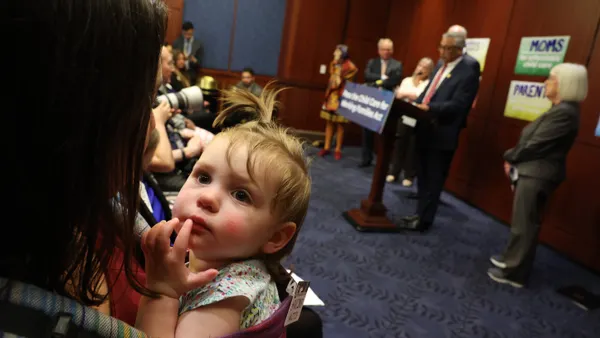Dive Brief:
- More than half (56%) of employers have increased employee contributions to health care coverage for spouses, with another 25% planning to do so by 2018, according to results of a recent survey
- In addition, the 2015 Willis Towers Watson/National Business Group on Health (NBGH) Best Practices in Health Care Employer Survey reports that use of spousal surcharges when other employer-provided coverage is available is expected to more than double by 2018, from 27% to 56%.
- The survey also found that a small number (3%) of employers don’t offer or have eliminated subsidies altogether for spousal coverage, with another 10% planning to by 2018.
Dive Insight:
Randall Abbott, senior health and benefit strategist, Willis Towers Watson, said that given the high cost of healthcare, employers no longer want their plans to be "spouse magnets," which may incur thousands of dollars a year in additional health care expenses when spouses have access to coverage through their own employers.
Survey results show total health care costs (employer and employee) reached $12,041 per employee per year in 2015 and are expected to rise nearly 5% in 2016.
Abbott adds that figuring out the actual costs for spouses and determining how to best manage them can help create more efficient health care plans, and avoid or reduce additional across-the-board increases in employee contributions.
While not as prevalent, a similar trend has emerged in health care coverage for employees’ children. Just under half (46%) of employers have increased employee contributions for children’s healthcare benefits more than for employee-only coverage, with another 15% planning to by 2018.










